Louisiana Purchase Historic State Park
I’ll just say this right off. Louisiana Purchase Historic State Park is now at the top of my favorite historical sites in Arkansas. A few weeks ago when I was in southeast Arkansas, I took a little side trip to this incredible spot.
That bucket list you have? Go ahead and add this park to it.
It’s located not too far from Brinkley, Arkansas.
Don’t Know Much About History…
My intro to American history came about via Keiser Elementary. You remember how that went down? We memorized a few facts about the Boston Tea Party and—boom—through the magic of history book time travel, we were on to the Battle of Gettysburg after a few brief paragraphs regarding the Louisiana Territory.
We skimmed through a plethora of battles and memorized the names of the U.S. presidents (many named John or James). There were oh-so-many dates to know! History, for the most part, lay flat on the page for me.
Insert the voice of Charlie Brown’s teacher…
There was one exception. (Technically two.) American Indians and early explorers of the New World. I found those brave souls to be incredibly intriguing, their way of life and community, the way they set out for parts unknown across seas and wilderness.
Oh my.
So what does this have to do with Arkansas and the Louisiana Purchase Historic State Park?
The Louisiana Purchase Historic State Park is located at the unassuming junction of Lee, Monroe, and Phillips County in southeast Arkansas.
What’s the significance?
The starting survey point for the Louisiana Purchase territory just happens to be located in a swamp inside this park.
This quiet, natural spot, only a few miles from the Mississippi River, served as the doorway to the American West. Only after THIS point was established could western land grants be issued, prospector claims be made, towns be platted.
Let that sink in.
Louisiana Purchase and Survey
To refresh your memory…
1803: President Thomas Jefferson negotiated the purchase of 827,000 square miles from France for less than three cents an acre. This territory, most of it unexplored, doubled the size of the U.S. and eventually became fifteen states (whole or in part).
1804: Lewis and Clark explored the new land purchase which extended east-west from the Mississippi River to the Rocky Mountains and north-south from the Canadian border to the Gulf of Mexico.
1815: President James Madison ordered an official survey of the Louisiana Purchase in part so that the federal government could pay veterans of the War of 1812 with land. The survey team, led by Prospect Robbins and Joseph Brown, set out to accomplish this feat walking through wild, untamed, unsettled territory using only chains and compasses.
Robbins began at the mouth of the Arkansas River and traveled due North. Brown started at the mouth of the St. Francis River and traveled due west. Their meeting point, in a swamp in southeast Arkansas, became the official starting survey point from which all other western surveys would begin.
In 1926, the L’Anguille Chapter of the Daughters of the American Revolution sought placement of a historical marker at the site.
My Visit
I suppose everyone carries their own thoughts and experience into a place like this, but for me, the area felt spiritual. I was alone with gray skies and winter trees. The only sounds were those nature allowed me to hear.
A walkway wound above the swamp and through the trees to the point of survey.
From the moment I stepped onto the walkway, a sanctuary of trees swallowed me. As Donald Harington (one of my favorite authors) would have said, the trees choired only for me.
Even when I looked down at the water, I saw the reflection of trees.
Whoever knows how to speak to them, whoever knows how to listen to them, can learn the truth. They do not preach learning and precepts, they preach, undeterred by particulars, the ancient law of life. (Hermann Hesse)
Many of the trees are hollow at the base, yet these trees are very much alive. Nutrients travel around the hollow heartwood and up into the trunk areas. The reason for the hollow area is unknown—one of the many secrets of the swamp.
I was nothing more than a guest who wandered in. But this place? It was a gift to me, a restorative tonic.
Visiting
Louisiana Purchase Historic State Park is sacred to many inhabitants—woodpeckers, wood ducks, warblers, snapping turtles, snakes, even the American alligator. To avoid cottonmouths and swarming insects, winter is the ideal time to visit.
For directions and more information, visit State Parks of Arkansas website by clicking HERE.
***
In the next year or so, one of my goals is to visit all the natural areas in Arkansas and bring them to you. Last year, I visited Big Lake National Wildlife Refuge in northeast Arkansas. You can read about it HERE.
Grace Grits and Gardening
Farm. Food. Garden. Life.
[tweetthis]Add Louisiana Purchase State Park to your bucket list! @ARStatePark #nature #arkansas #history[/tweetthis]
Musical Pairing:
Grace Grits, The Sound of the Swamp
Sam Cooke, What a Wonderful World
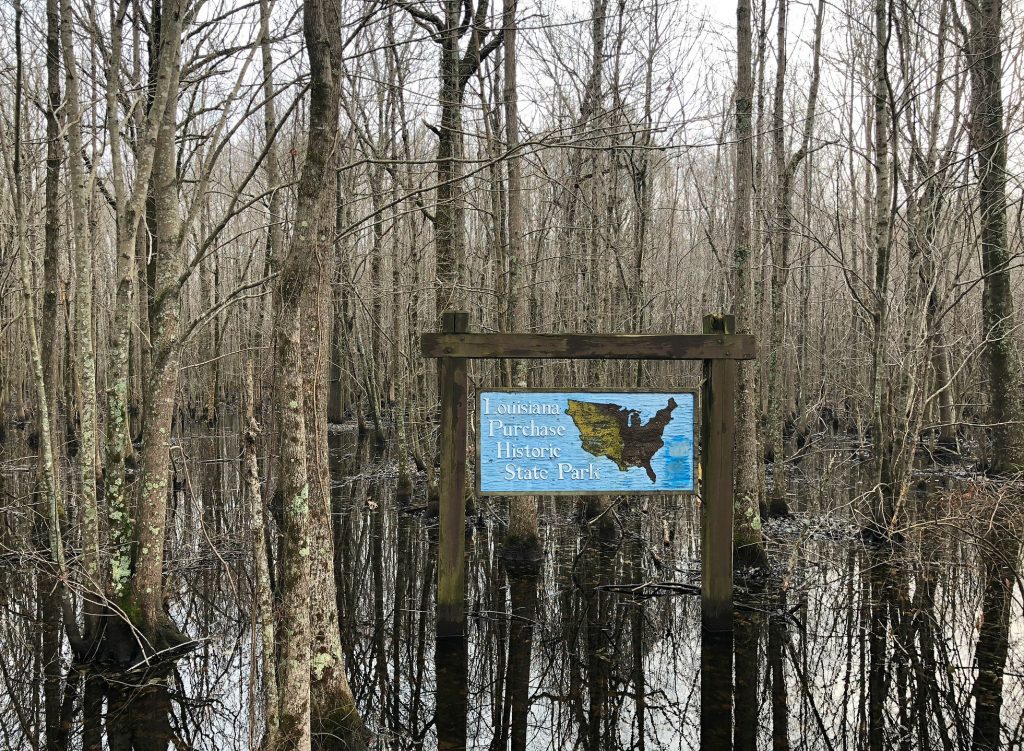
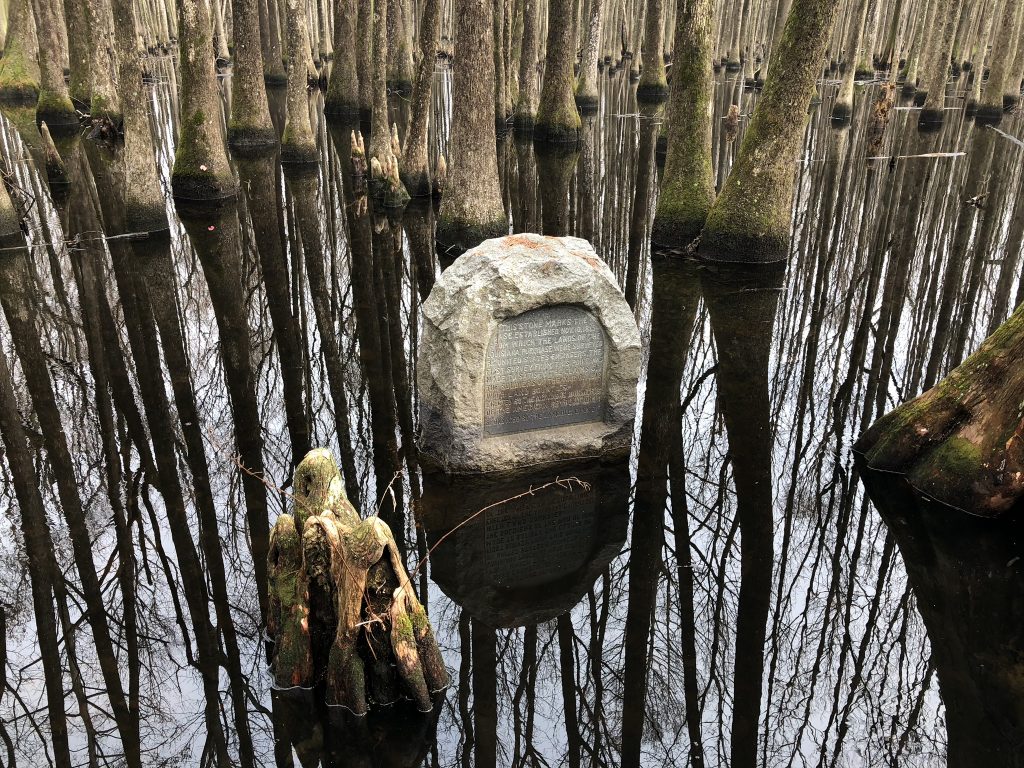
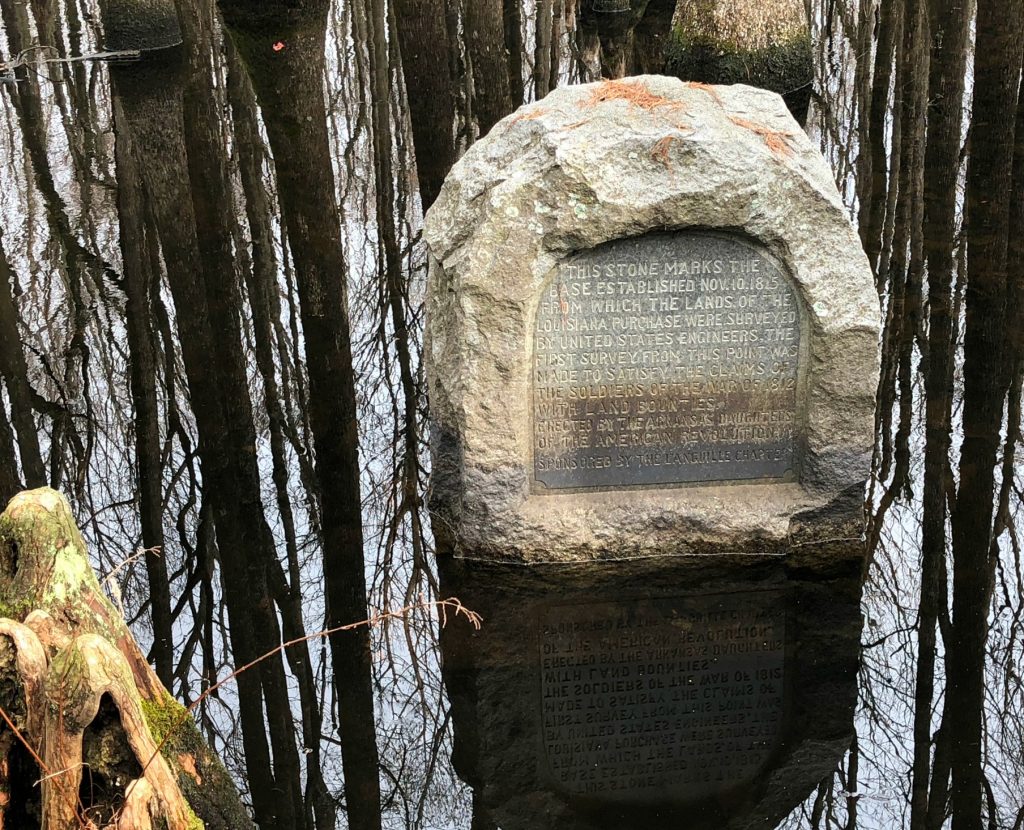
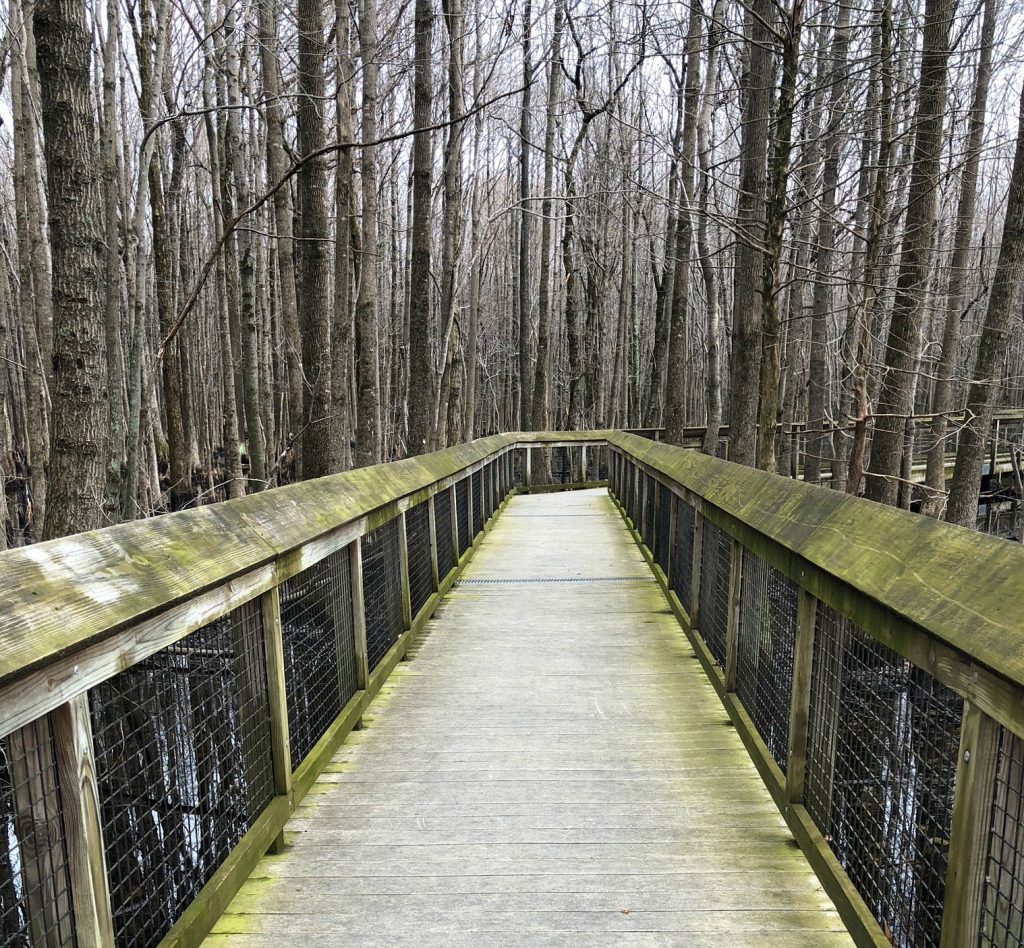
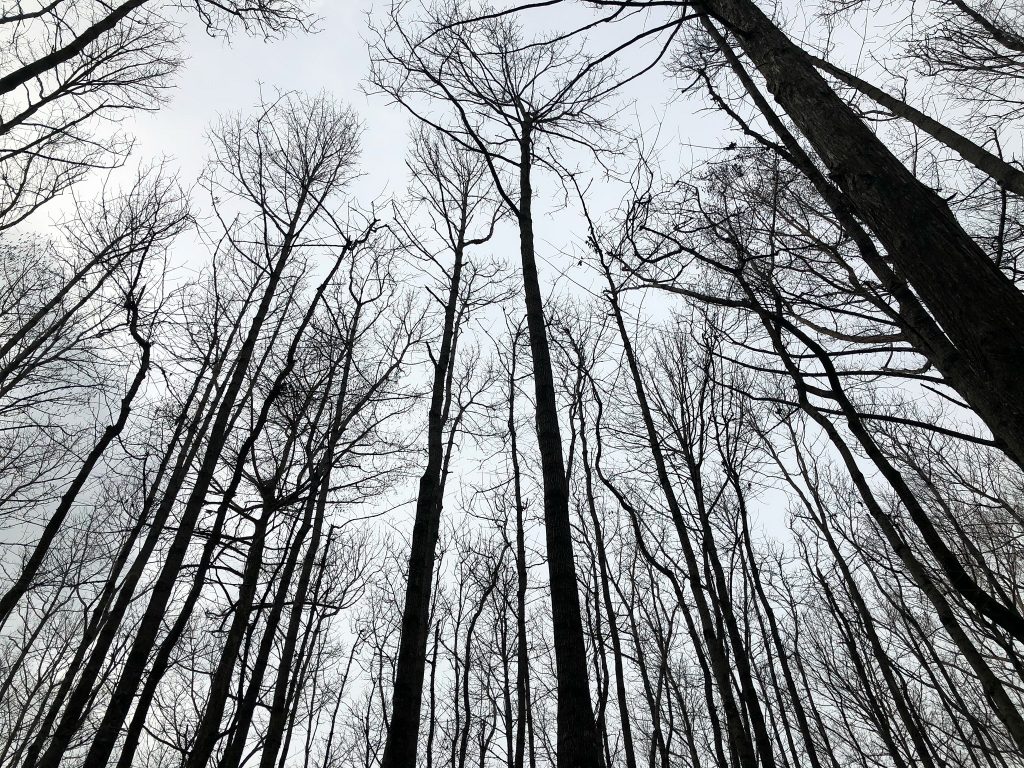

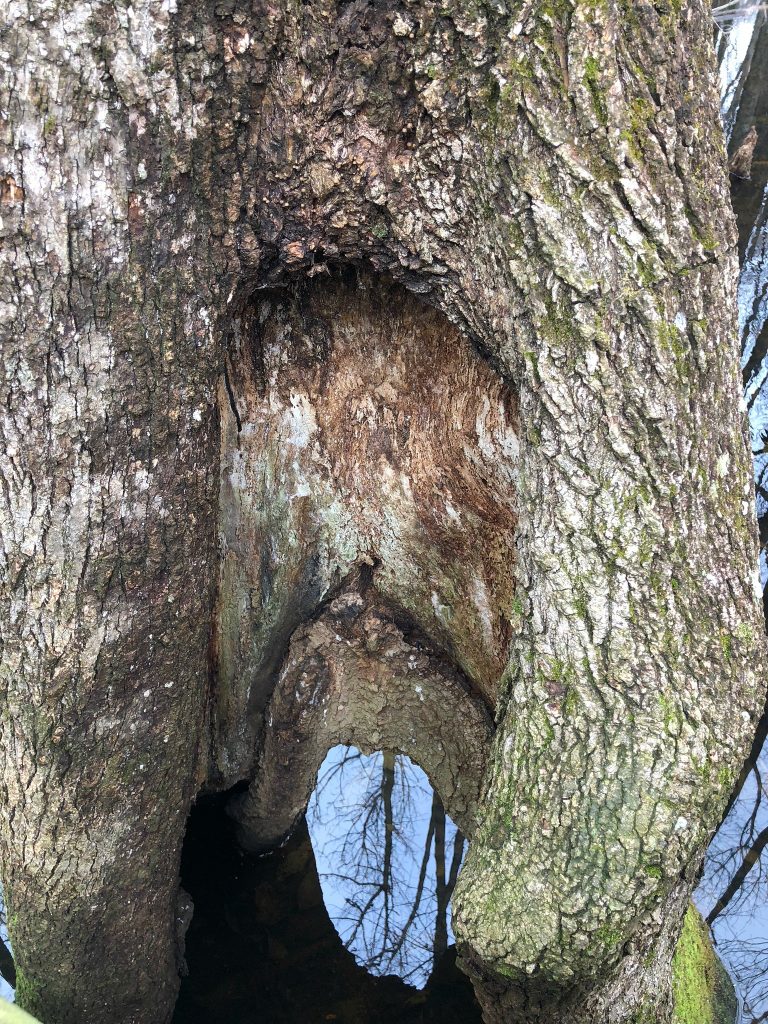








Thanks for a brush up on the history of the LP. How cool that the survey began in Arkansas. Love thoughts and quotes about trees.
Thanks, friend! Me too!
This would make an excellent documentary for Public television, narrated by you, of course! Ah yes, The Choiring of the Trees. You gave me a copy of that book, remember?
My sister and I visited this State Park last year and loved it! You are right – it really is a spiritual place. I never would have thought a swamp could be so beautiful.
Just now finding you via the Front Porch. So very glad I did.iam from St. Francis Co. a farmer’s daughter. Been in Ms. a long time.